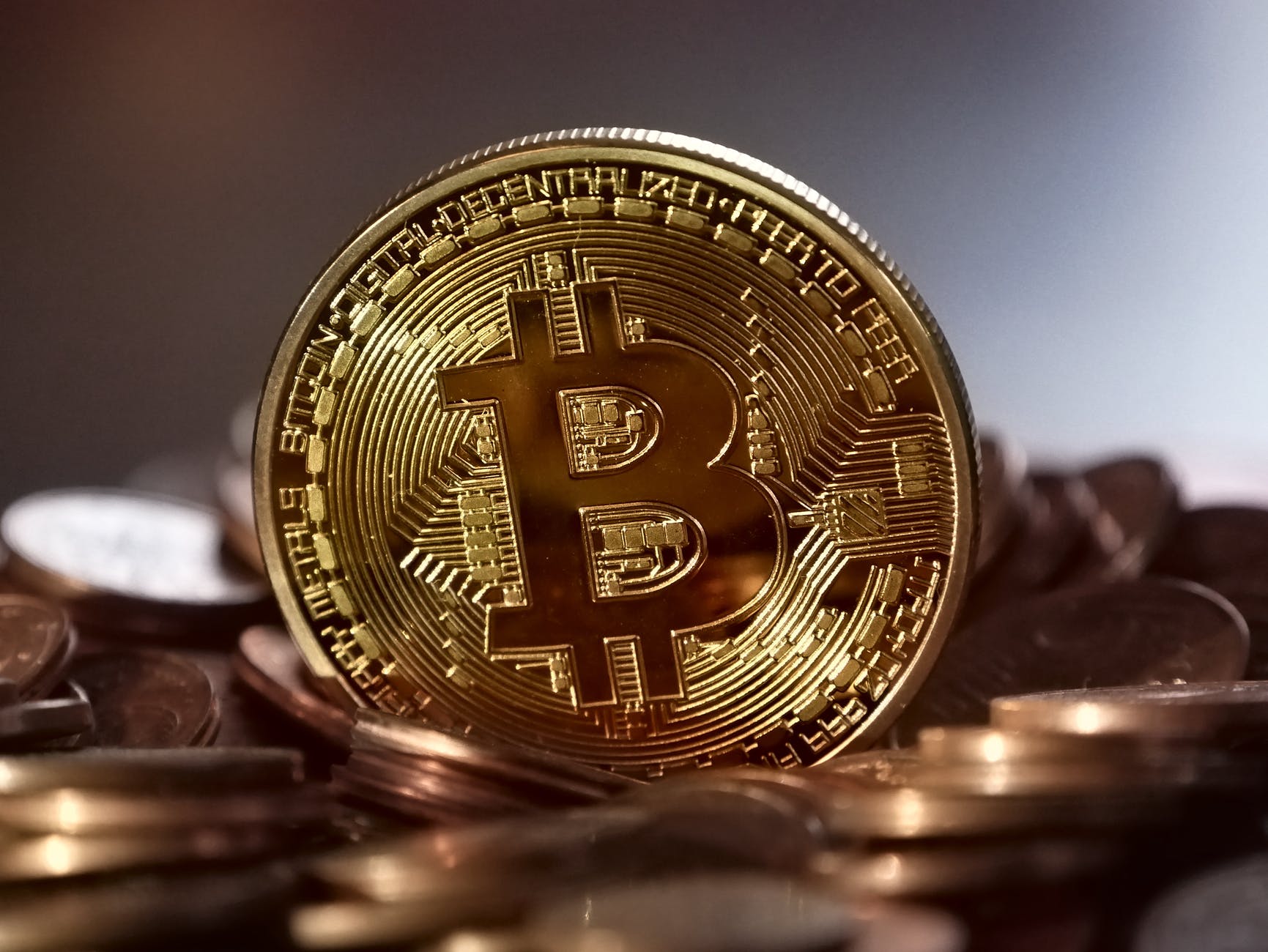Can blockchain revolutionize supply chain management?
The blockchain ledger gives cryptocurrency an edge that makes it a potential replacement to the traditional baking system. Corporations and financial institutions are already investing in crypto assets in order to have more efficient and secure transactional networks. But is the blockchain’s application limited to crypto transactions? Most certainly not. The blockchain has applications across numerous sectors because of its changeless nature. From defense to the entertainment industry, blockchain has potential applications in multiple sectors. Blockchain if used properly can help raise revenue in almost all businesses. In this article, we explore the advantages blockchain technology might have in supply chain management.
History of Blockchain
To understand the role of blockchain in revolutionizing the supply chain we need to have a basic overview of this novel technology. Well, it is definitely not as novel as it may seem. Blockchain was developed in 1991 by two scientists, Stuart Haber and W. Scott Stornetta. Their aim was to create a timestamp technology in the maintenance of digital assets in order to store immutable records of them. Satoshi Nakamoto made the first real-life proof-of-work application of blockchain technology in the first-ever cryptocurrency, Bitcoin. The idea was to maintain a non-mediated decentralized ledger for this new digital currency.
With the increase in trading activities due to the proliferation of trading applications like the money rush app and the hike in investments, the blockchain in Bitcoin and other currencies has come a long way since the mining of the genesis block.
How does the blockchain function?
Blockchain in cryptocurrency works on a smart contract technology. Every block is created when all the conditions of the contract are met. This provides a primary guideline that would be universally applicable to the process of block formation.
Blockchain creation can be understood in these simple steps:
- When a transaction is made on the cryptocurrency network it has to be audited before approval.
- The miners with the help of their mining rigs compute encrypted transactional data in order to generate the nonce that would be required to verify a transaction.
- Once the correct nonce is generated it means that the legitimacy of the transaction has been proved.
- This allows the creation of a new block that can be placed in logical relation with the existing blockchain.
Blockchain in supply chain management
As it is known the blockchain can be used to accurately trace any asset that is placed in its network. Its application is already seen in Walmart’s attempt to trace pork supply from China. Maersk and IBM have implemented this technology to make transactions across borders. BHP has chosen blockchain as a substitute to the dated spreadsheet technology to maintain a record of its supply.
Blockchain’s advantage over traditional supply chain management
Blockchain’s timestamp can be used to trace assets and their location within the transactional circuits. These are the reasons why blockchain can make supply chain management more efficient.
- The traditional supply chain is usually manually managed. This includes a lot of papers and data sheets especially at lower levels, where dated methods are used to record the supply. This makes the process time-consuming as it requires a lot of time and energy to manually update the records. With the blockchain, every step of record maintenance will be done by automated digital technology.
- Blockchain can be used to increase the traceability of the assets that are in circulation. The presence of a transparent tracing method will help to maintain a record of the quality, and at the same time reduce the circulation of inauthentic black market products.
- The blockchain can also be used to reduce supply change transactional costs. However, this is less pragmatic and more theoretical. As it is known miners are people who maintain the ledger of the digital currency in order to earn rewards. This reward would be of prohibitive nature in the case of supply chain management.
Conclusion: blockchain has a lot of advantages as well as disadvantages such as scalability, data storage, and huge energy requirements. However, with proper plans sustainable usage is possible.
